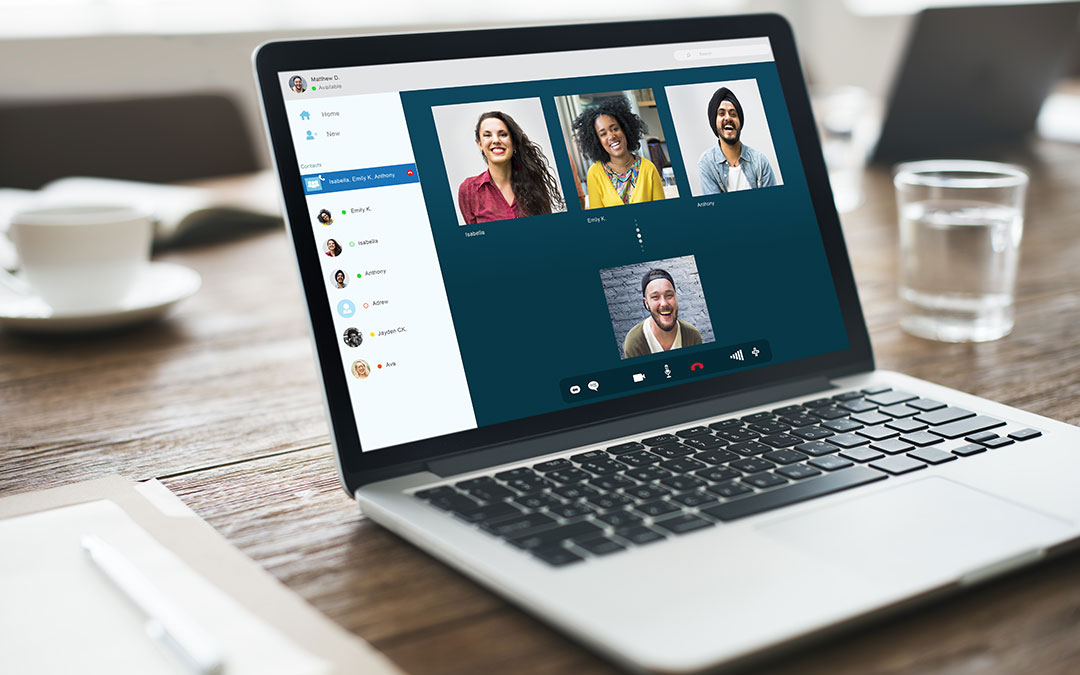Top 5 Hybrid Meeting Mistakes
With so many meetings having some kind of online component, it’s no wonder that more and more planners are trying to get educated on the topic of hybrid and virtual meetings and events.
Learn from those bold planners that were early to the online game, and avoid these top five mistakes we’ve compiled:
Mistake Number 1- Not properly planning the remote attendee experience.
The remote attendee needs to have their experience designed and planned for just as carefully as the in room audience. You can’t just set up an audio and video stream and call it done- You need to engage the remote audience in as many ways as possible in order to keep them tuned in. It’s much easier for a remote attendee to walk away anytime they like, so you have to give them a reason to keep watching. Consider having dedicated activities just for the remote audience, such as games, polls, or even dedicated breakout sessions. You also need a way for the remote audience to interact- how can they get their questions answered?
Mistake Number 2- Poor audio.
It’s been scientifically shown that if you have to strain to understand someone speaking, it can cause physical fatigue and stress for the listener. Audio that’s too quiet or has become garbled due to improper mixer settings can give another reason for hybrid viewers to walk. Make sure you pull the sound feed directly from the audio board, and make sure you have someone monitoring the feed for quality throughout the event. If you’re doing a Q&A session, make sure the audience member gets handed a mic- if not, make sure the stage speakers repeat the question so the remote audience can hear.
Mistake Number 3- Poor lighting.
Ever been to a television studio? Almost everyone that has comments on how incredibly bright they keep the lights on set. This is because cameras handle light very differently than our eyes- in general, they need a lot more of it. If you’re going to be broadcasting a video feed, you’re going to need brighter lights on the stage then you might normally have if there were no cameras around. Usually what’s the most comfortable for speakers’ eyes is usually too dark for video capture. A room might be too small or intimate for stage lighting in person, but you may need to consider adding it for the benefit of the remote audience (or for recording purposes).
Mistake Number 4- Fixed camera.
Sometimes planners will try to save a couple dollars by not hiring a camera operator. This again has the potential to detract from the online experience. If all speakers will be talking from a podium, it might work, but if any speaker moves around on the stage, they’d leave the shot. This means that a fixed camera without an operator must take a wide angle shot to cover the whole stage, which is not super engaging for remote viewers. There’s a reason television shows are constantly changing the angle and closeness of their cameras- a fixed position camera is boring.
Mistake Number 5- Not engaging remote viewers during breaks.
One of the great advantages of hybrid meetings is the ability to have remote attendees from all over the world. This means that your remote attendee may be in a different time zone than your in room audience. Their rest room and food schedules maybe quite different, so while your in-room audience is getting a muffin and scone coffee break, what is your hybrid audience doing? While you’re having lunch in New York, what’s your London audience doing? Breaks are a great time to schedule interviews and content that’s just for the remote audience, again engaging them and making them feel like an integral part of the event.
If you’d like to learn more tips and tricks on how to produce great hybrid and virtual meetings, check out the Event Leadership Institute’s newest instructional video: Hybrid & Virtual Events
This is a guest post by Brandt Krueger, video & production technology consultant, and an instructor for the Event Leadership Institute.


